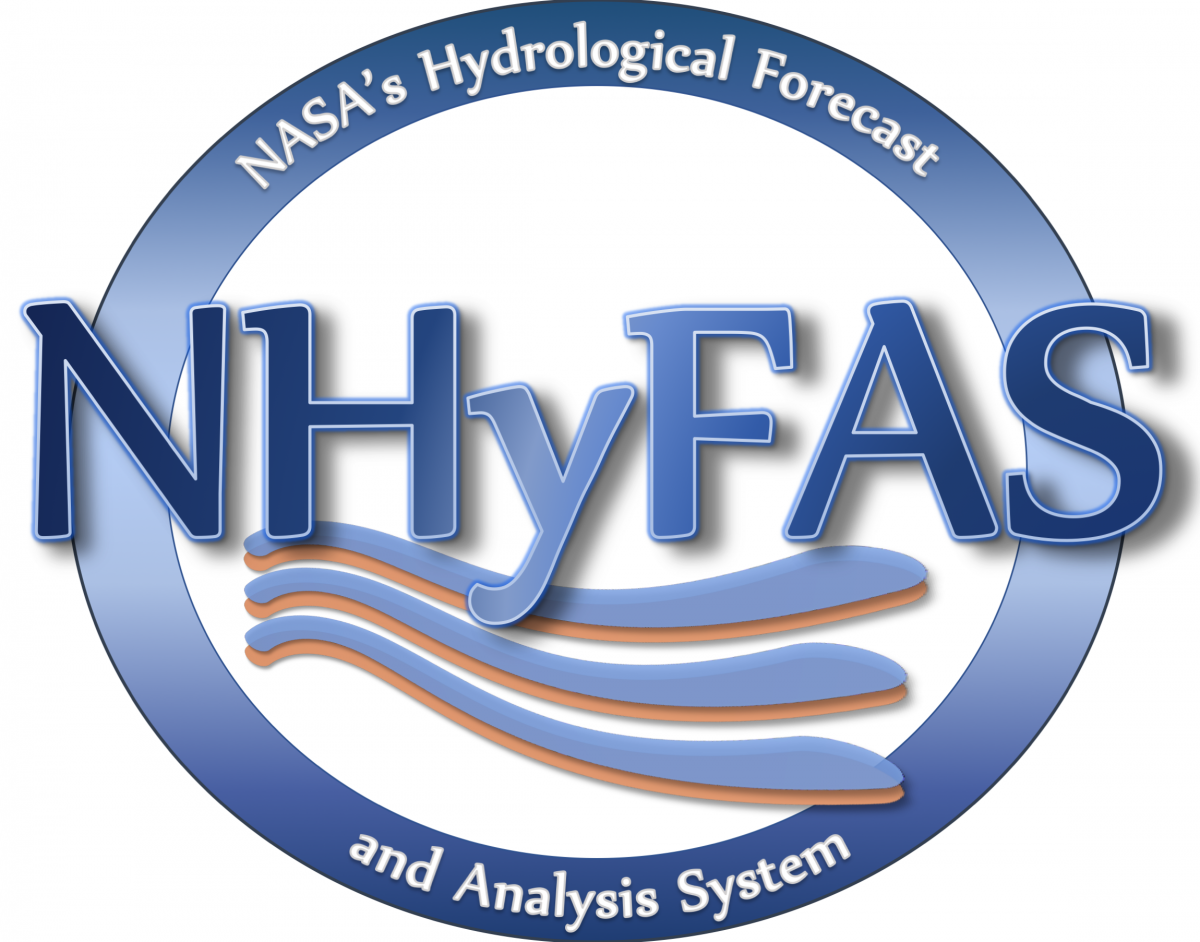Summary
The NASA Hydrological Forecast and Analysis System (NHyFAS; Arsenault et al., 2020; Shukla et al., 2020) was developed originally to provide seasonal drought forecasts, based on existing NASA Earth science capabilities. Primary goals included (1) to help U.S. agencies better predict water supply deficits related to agricultural drought and food insecurity, and (2) provide indicators related to forecasted hydrological anomalies and conditions.
* Disclaimer: The below figures and forecast information are provisionally provided as experimental, and these products are for reference only and at user-own discretion and risk.
Forecast Examples
The forecasts include maps of precipitation and root zone soil moisture, which reflects the top 1-meter soil layer, and many other hydrometeorological variables. Below highlights the percentiles for precipitation and soil moisture. Also, these examples include the full suite of NMME model precipitation ensembles (Hazra et al., 2023).
Click on above figure for larger image.
Precipitation (left) and Root Zone Soil Moisture (right) Percentile Forecasts
Contact: Abheera Hazra (UMD/ESSIC; NASA/GSFC), Kristi Arsenault (SAIC; NASA/GSFC).
References
- Arsenault, K.R., and Coauthors, 2020: The NASA hydrological forecast system for food and water security applications. Bull. Amer. Meteor. Soc., 101, E1007–E1025, https://doi.org/10.1175/BAMS-D-18-0264.1.
- Shukla, S., and Coauthors, 2020: Improving early warning of drought-driven food insecurity in southern Africa using operational hydrological monitoring and forecasting products. Nat. Hazards Earth Syst. Sci., 20, 1187-1201, https://doi.org/10.5194/nhess-20-1187-202
- Hazra, A., and Coauthors, 2023: NASA's NMME-based S2S hydrologic forecast system for food insecurity early warning in southern Africa. Journal of Hydrology, 617, 129005, https://doi.org/10.1016/j.jhydrol.2022.129005
Original project details: The Forecasting for Africa and the Middle East (FAME) project was funded by the NASA Applied Sciences Program and included partners from NASA, USGS, UCSB, Johns Hopkins University, and DoD/ERDC. Additional project details can be found here: https://appliedsciences.nasa.gov/content/13-water13-0010




